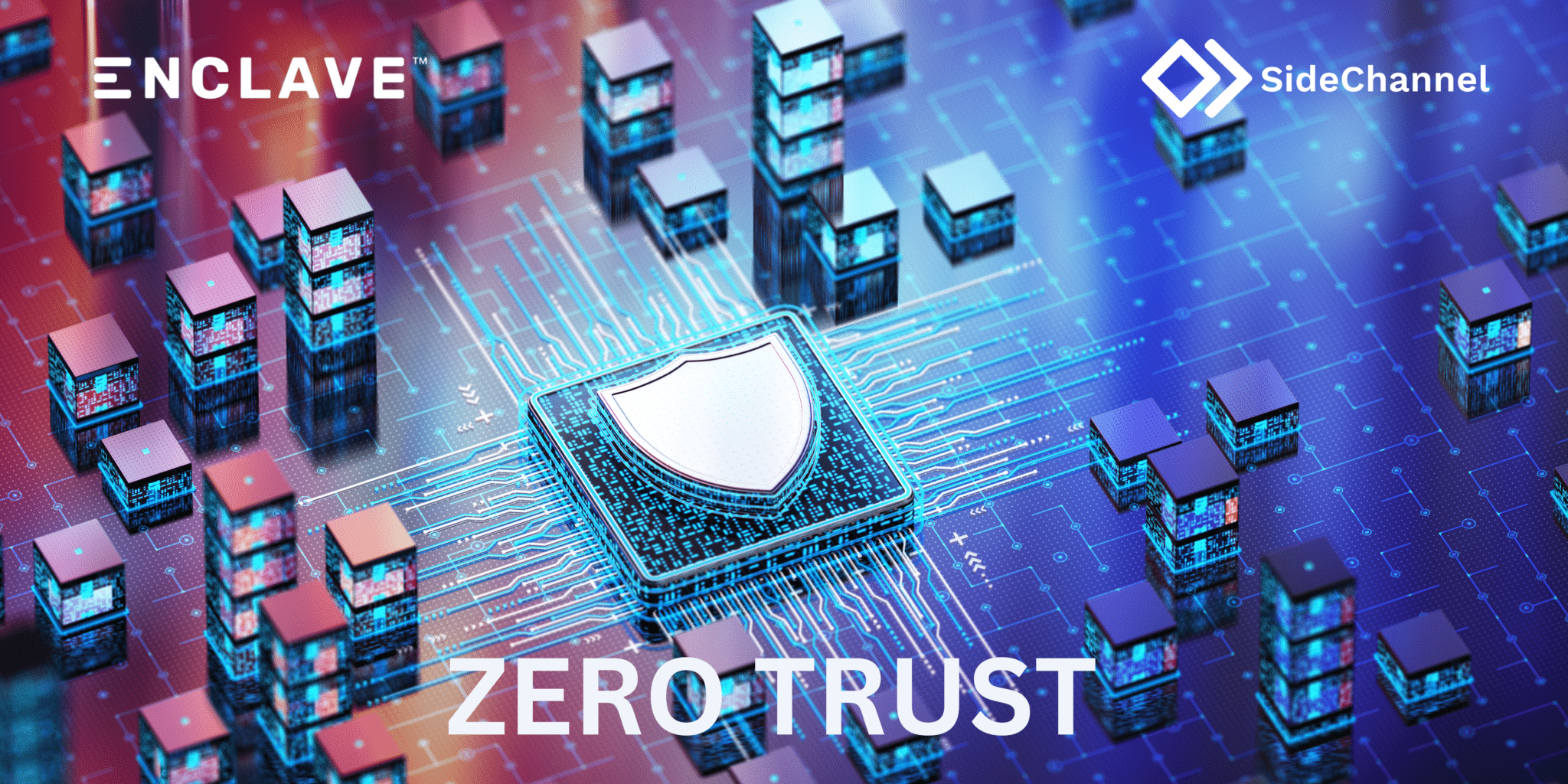Routine | False Sense of Security
For several years, every morning you have started your day with a pre-dawn five-mile run. The run has become second nature, you know every inch of the route. Familiarity creates comfort, allowing you to get into the zone where every step you take is known and worry free.
However, one morning unbeknownst to you, a part of your route was sabotaged the night before. Focused, trusting your years of experience, you fail notice the altered path. To your surprise, you fall twisting your ankle wondering, “How could this have happened?”
This mirrors the approach many companies use for cybersecurity. Only initially verifying users and devices, relying on a system built on existing trust. It works, until one day it doesn’t, leaving companies scrambling and wondering how the breach occurred.
A report by IBM reveals those breaches in organizations not implementing Zero Trust result in a cost $1 million higher than those using Zero Trust. Echoing the need to update from traditional perimeter-based approaches.
Wary | Trust Starts at Zero
So, what is Zero Trust (ZT)? First, it is a fantastic buzzword! However, despite some catchy advertisements, it is not something you buy, it’s an approach to how things are done.
Zero trust does not imply there’s no trust, instead, it requires that trust starts at zero for everyone. The ZT framework demands that every time a user attempts network access, they are authenticated regardless of if they are inside or outside the company’s network.
This is all done without negatively affecting your network’s performance. Zero Trust Network Access (ZTNA) uses a reverse proxy which sits on the front end of applications and forwards a request back to those applications. Reverse proxies are used to help with performance, security, and scalability.
Structure | Components of Zero Trust
Micro-segmentation:
Unlike traditional models, zero trust employes micro-segmentation as strategy that reduces the damage done if a breach should occur. It does this by breaking up a network into isolated zones that can be locked down if needed.
Least Privilege Access:
Zero Trust follows the principle of least privilege (PoLP), this ensures that users and devices only have access to the resources they absolutely need. This limits the potential damage done if an unauthorized user gains access.
Monitoring and Analysis:
To help detect and react to potential threats quickly and efficiently, Zero Trust continuously monitors network activity, analyzing every action that is taken within the network, for swift identification of potential security risks.
Integration | Proficiency Meets Innovation
Navigating the digital world amid always evolving cybersecurity threats may seem complex and intimidating. And rightfully so. There is a vast amount of data online and cyber-attacks look to capitalize on this.
But protecting an organization should not be overly complex or intimidating, and it doesn’t need a master’s degree to comprehend. While Zero Trust is effective, its full potential is only utilized when it is properly implemented.
Enclave by Sidechannel offers businesses a solution without the need for additional solutions. Using innovative software with seamless integration paired with unparalleled network visibility and control, Enclave simplifies cybersecurity while providing unmatched protection – like Zero Trust, where trust is not simply given, it’s continually earned.
Want to learn about how your company could benefit? Contact Us!



